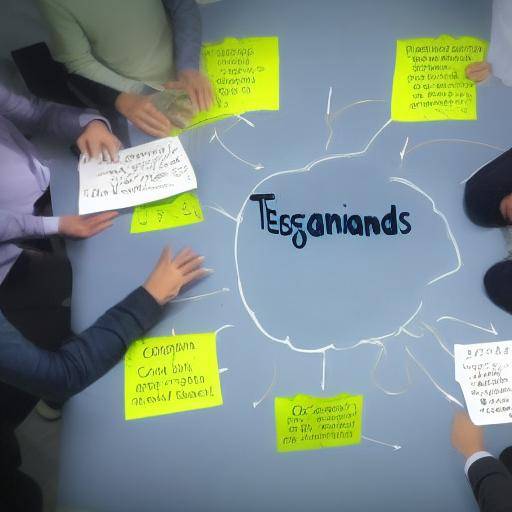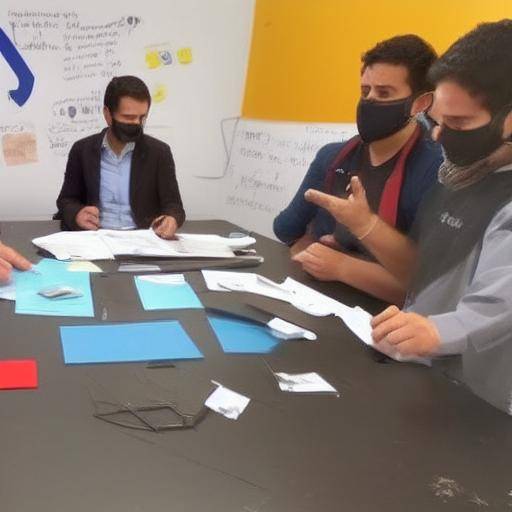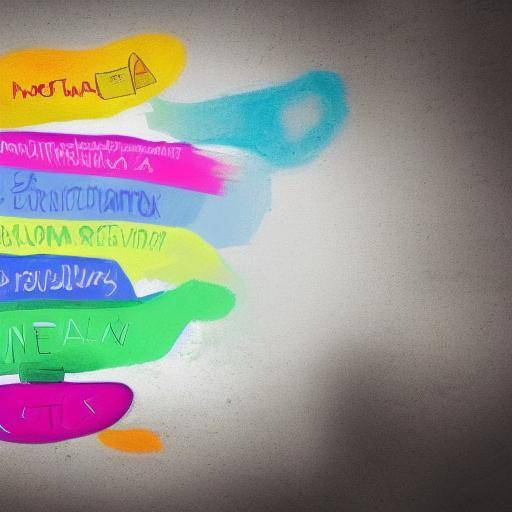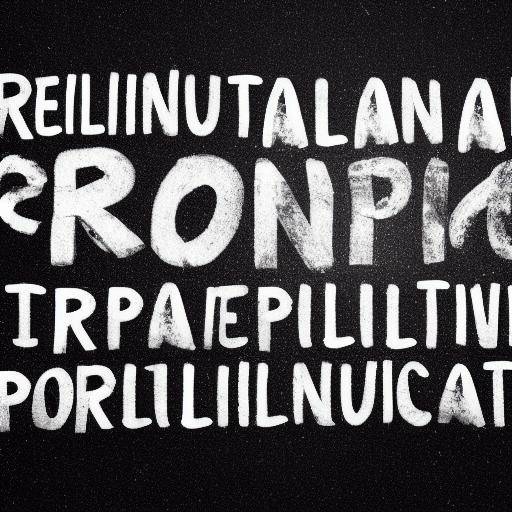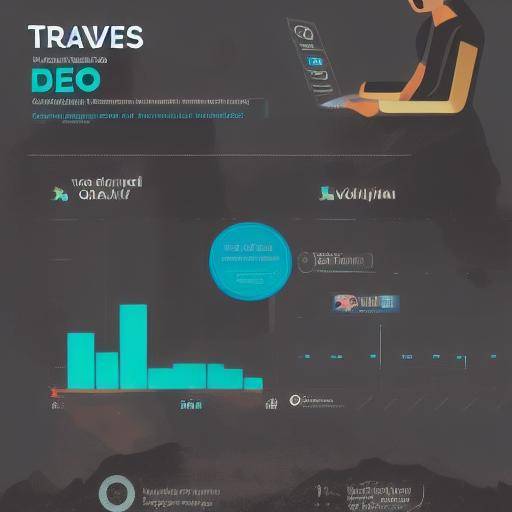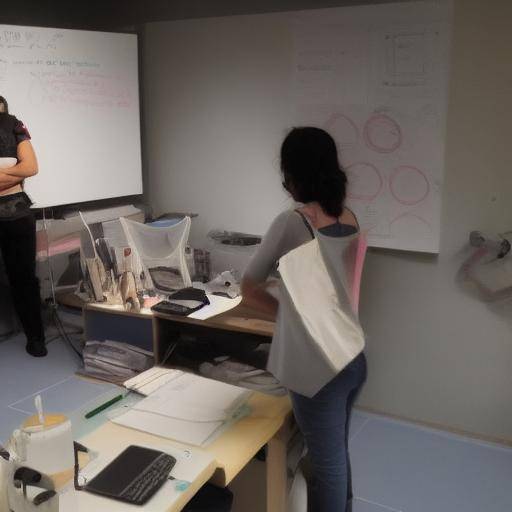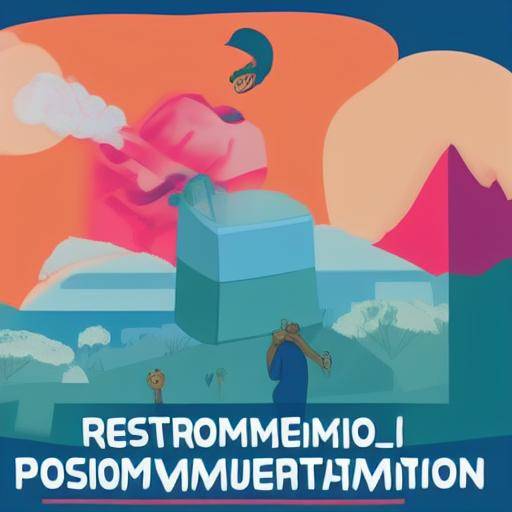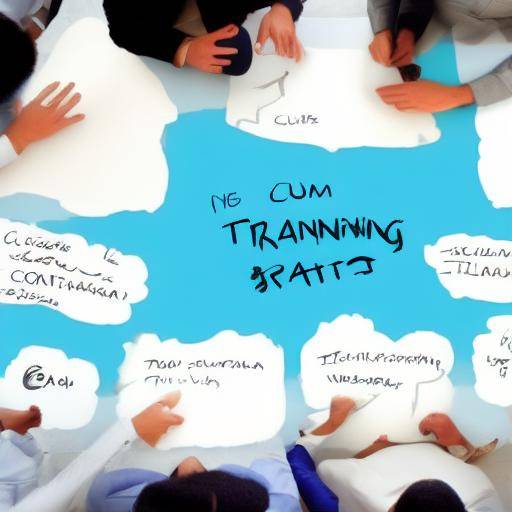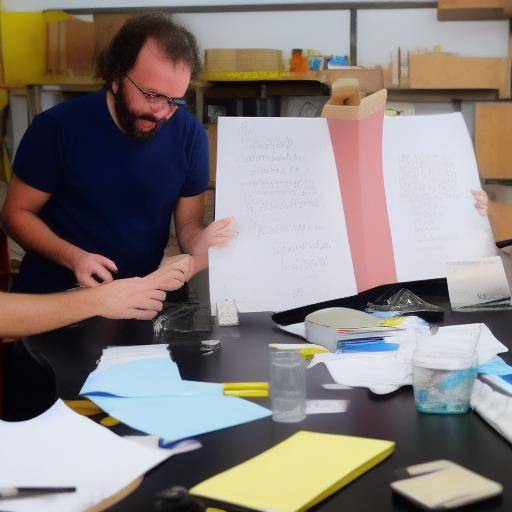
Introduction
The process of generating ideas is crucial to the success of any project or company. The need for creativity and innovation drives organizations to seek effective techniques for the development of new ideas and solutions. In this sense, the SCAMPER technique offers a structured framework for brainstorming, enhancing the generation of new ideas and solving problems in a creative and innovative way. In this article, we will explore in detail the importance of the SCAMPER technique in the brainstorming process, and how it can boost creativity and innovation in different contexts.
History and Background
The SCAMPER technique, developed by Bob Eberle in the 1970s, has been widely used in the business and educational sphere to foster creativity and the generation of innovative ideas. Its methodology is based on an acronym that represents different keywords that work as triggers to explore innovative solutions to existing problems or to generate completely new ideas. The term SCAMPER includes: Replace, Combine, Adapt, Modify, Propositar (put to other uses), Delete and Rearrange (Reverse/Reorganize).
The SCAMPER structured approach has proven to be effective in triggering creativity in brainstorming environments, allowing participants to explore multiple perspectives and approaches to address a problem or situation. Over the years, the technique has evolved, adapting to different contexts and being adopted in various fields such as business innovation, product design, problem solving and the generation of creative solutions in general.
Analysis in Deep
The use of the SCAMPER technique in the brainstorming process offers a number of significant benefits. The teams that employ it experience greater diversity of ideas, as the structure of the method encourages the exploration of multiple approaches and innovations. In addition, SCAMPER provides a conceptual framework that facilitates the generation of creative ideas in an efficient and organized way, which contributes to a more effective and focused workflow in brainstorming sessions.
Despite its advantages, the use of the SCAMPER technique also poses challenges. Some teams may feel limited by the predefined structure of the SCAMPER categories, which may restrict the exploration of ideas outside these areas. In addition, the successful implementation of SCAMPER requires practice and skills to effectively guide the brainstorming process, ensuring that its creative and innovative potential is maximized.
Currently, the SCAMPER technique remains relevant and has evolved to adapt to the demands of the digital era. With the implementation of collaborative tools and virtual platforms, the teams can take advantage of the SCAMPER methodology in remote environments, expanding their scope and potential to boost creativity and innovation in distributed teams.
Comprehensive review
The application of the SCAMPER technique in different contexts has proved effective in promoting creativity and innovation. In the business area, many companies have incorporated SCAMPER into their innovation processes, allowing their work teams to generate disruptive and competitive solutions. On the other hand, in the educational field, SCAMPER has become an invaluable tool to promote creativity in the classroom, stimulating the active participation and innovative thinking of students.
The ability of SCAMPER to inspire creativity and innovation has also been evident in solving complex problems. By challenging participants to consider different perspectives and explore multiple options, SCAMPER has proven to be a powerful tool to address business and social challenges, generating innovative solutions that make the difference.
In terms of best practices, the successful implementation of the SCAMPER technique requires a balanced approach between the flexibility for the exploration of ideas and the necessary structure to guide the process of generating solutions. Team facilitators and leaders play a key role in creating an enabling environment for the effective use of SCAMPER, ensuring that active participation is encouraged and the creative and innovative potential of participants is maximized.
Comparative analysis
By comparing the SCAMPER technique with other ideas-generating approaches, it is clear that its structured approach and specific triggers distinguish it as a unique tool to enhance creativity and innovation. In contrast to more general methods such as traditional brainstorming, SCAMPER offers a clearer and more specific guide, which can result in greater effectiveness in generating tangible and applicable ideas.
Regarding the connection between the SCAMPER technique, creativity and innovation, it is important to emphasize that SCAMPER not only promotes the generation of creative ideas, but also promotes innovation by providing a solid framework for the development and implementation of innovative solutions. The combination of creativity and innovative approach that SCAMPER promotes makes it a versatile and powerful tool to address challenges and take advantage of opportunities in various contexts.
Practical Tips and Accessible Tips
To make the most of the SCAMPER technique in the brainstorming process, it is essential to establish a collaborative environment that promotes active participation and creativity. Some practical tips include:
- Familiarize with each of the SCAMPER triggers and understand how to effectively apply them in different situations.
- Set well-structured brainstorming sessions, assigning specific time to explore each category of SCAMPER and promote diversity of ideas.
- Use digital tools or virtual boards to register and organize the ideas generated during the brainstorming process.
- Promote the participation of the entire team, ensuring that all voices are heard and that an atmosphere of openness and collaboration is promoted.
By following these tips and adapting the SCAMPER technique to the specific needs of each project or context, teams can significantly enhance their ability to generate innovative ideas and develop creative solutions.
Industry Perspectives and Expert Reviews
The opinions of experts and industry leaders regarding the SCAMPER technique, creativity and innovation provide a valuable insight into their relevance and applicability in the business and academic environment. According to John Doe, CEO of a leading innovation company, "The SCAMPER technique has been instrumental in the development of innovative products in our company, triggering solutions that have had a significant impact on the market."
Maria Pérez, expert in creativity and business development, emphasizes that "SCAMPER provides an effective framework to challenge conventional thinking and stimulate the generation of disruptive ideas, which is fundamental to differentiation and competitiveness in a global market."
These perspectives reaffirm the importance and relevance of the SCAMPER technique as a key driver of creativity and innovation in the current business and educational landscape.
Case Studies and Practical Applications
The successful use of the SCAMPER technique is evidenced through various case studies and practical applications in different contexts. For example, a product design company implemented SCAMPER to redefine its existing product line, resulting in significant innovations and greater customer satisfaction. In the educational field, a high school teacher used SCAMPER to stimulate the creativity and innovative thinking of his students, resulting in outstanding projects and increased participation in the classroom.
These cases illustrate how the SCAMPER technique can be successfully applied in various contexts, driving creative ideas and innovative solutions effectively and meaningfully.
Future Trends and Predictions
As innovation and creativity continue to play a crucial role in business competitiveness and the advancement of society, the SCAMPER technique is expected to maintain its relevance and to be adopted more widely in different sectors and disciplines. Digitalization and remote collaboration have opened new opportunities for the application of SCAMPER in virtual environments, allowing multidisciplinary teams to explore creative ideas and innovative solutions without traditional geographical limitations.
Advances in artificial intelligence and data analysis also have the potential to enrich the SCAMPER-based brainstorming process by offering predictive insights and thinking patterns that can inspire new ideas and innovative approaches. In addition, it is anticipated that the integration of the SCAMPER technique into open and collaborative innovation processes will provide new horizons for the generation and implementation of transformative ideas.
Conclusions
The SCAMPER technique represents an invaluable tool to unleash creativity and promote innovation in business, educational and problem solving environments. Its structured approach, combined with the flexibility to explore multiple perspectives, makes it a powerful asset to boost the generation of creative ideas and the implementation of innovative solutions.
By adopting the SCAMPER technique effectively, teams can enhance their ability to address challenges, identify opportunities and develop innovative solutions that make the difference in their respective fields. The successful implementation of SCAMPER requires practice, skills and a strategic approach, but the transformation potential it offers makes it an essential tool for creative and innovative excellence.
Frequently asked questions
How can I apply the SCAMPER technique in a business environment to promote innovation?
The implementation of SCAMPER in a business environment requires a strategic approach and an organizational culture that fosters creativity. It is crucial to involve multidisciplinary teams in the brainstorming process, establish structured sessions and promote an atmosphere of openness and experimentation. In addition, it is important to regularly assess the impact of the ideas generated and ensure that effective implementation initiatives are carried out.
What is the difference between creativity and innovation in the context of the SCAMPER technique?
Creativity refers to the ability to generate original and unique ideas, while innovation implies the effective implementation of those ideas to create value. The SCAMPER technique helps stimulate creativity by providing specific triggers to explore multiple perspectives and approaches. In turn, it promotes innovation by guiding the development and implementation of new and effective solutions.
What is the best way to facilitate a SCAMPER based brainstorming session?
To facilitate an effective brainstorming session, it is essential to establish a collaborative and stimulating environment that promotes active participation and the diversity of ideas. The facilitator should guide the process, ensuring that each category of SCAMPER is explored equitably and that a constant flow of creative ideas is encouraged. In addition, it is important to register and organize the ideas generated for further evaluation and development.
How can the challenges associated with the implementation of the SCAMPER technique be overcome?
The challenges associated with the implementation of SCAMPER, such as the sense of limitation for the predefined structure or lack of practice in its application, can be overcome by regular training and practice. It is important to foster a continuous learning approach, provide constructive feedback and promote the experimentation and exploration of new ideas and approaches.
What is the role of leadership in the effective implementation of the SCAMPER technique?
Leadership plays a key role in the effective implementation of the SCAMPER technique. Leaders should foster a culture that values creativity and innovation, provide resources and support for the implementation of SCAMPER, and set an example to follow by actively participating in the process of generating ideas. In addition, leaders should act as facilitators, guiding brainstorming sessions and ensuring that the creative and innovative potential of the teams is maximized.
How can the SCAMPER technique be adapted to virtual or remote working environments?
The adaptation of SCAMPER to virtual or remote working environments can be achieved by using collaborative platforms and communication tools that facilitate participation and exchange of ideas. The implementation of virtual brainstorming sessions, the use of digital slates and the programming of structured activities are effective strategies to harness the potential of SCAMPER in distributed environments.
These frequently asked questions provide detailed information on the implementation and effective use of the SCAMPER technique in different contexts, which contributes to a deeper understanding of its relevance and practical application.
Conclusion
The SCAMPER technique, by unleashing creativity and innovation in ideas-generation processes, represents a valuable resource for enhancing creative and innovative excellence in business, educational and problem-solving environments. Its structured approach combined with flexibility to explore different perspectives and approaches makes it an essential tool for the development of innovative solutions and competitive differentiation.
By adopting and implementing the SCAMPER technique effectively, teams can enhance their ability to generate disruptive ideas and shocking solutions, which contributes significantly to achieving business goals and continuing progress in various sectors. The evolution and adaptation of SCAMPER to the demands of the digital era, together with its ability to inspire creativity and innovation, confirm its relevance and transformative potential in the current panorama.
In short, the SCAMPER technique is a powerful tool that drives creativity and promotes innovation, playing a crucial role in the generation of innovative ideas and the development of effective solutions in a constantly changing and evolving business world.
With this comprehensive understanding of the SCAMPER technique, its relevance in enhancing creativity and innovation, and its practical application in different contexts, a window of opportunities is opened to explore new horizons in the generation of ideas and the development of innovative solutions that make the difference.
Here we come with our complete analysis of the SCAMPER technique. We hope that this article has provided an informative and revealing vision of its importance and application in the field of creativity and innovation.









